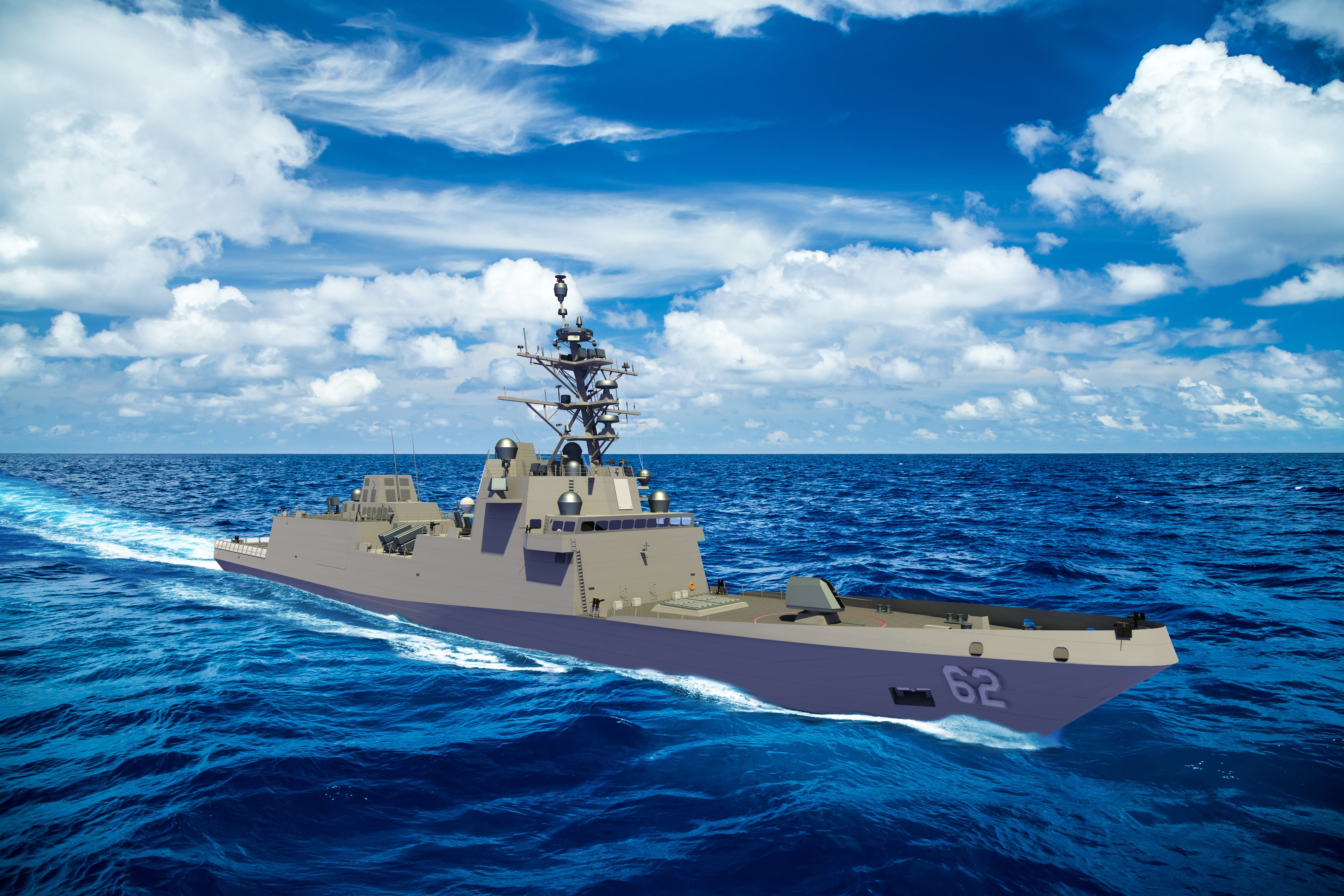
Report to Congress on Constellation-class Frigate Program (FFG-62)
The following is the Dec. 20, 2023 Congressional Research Service report, Navy Constellation (FFG-62) Class Frigate (Previously FFG[X]) Program: Background…
Copyright 2024 U.S. Naval Institute. All Rights Reserved.